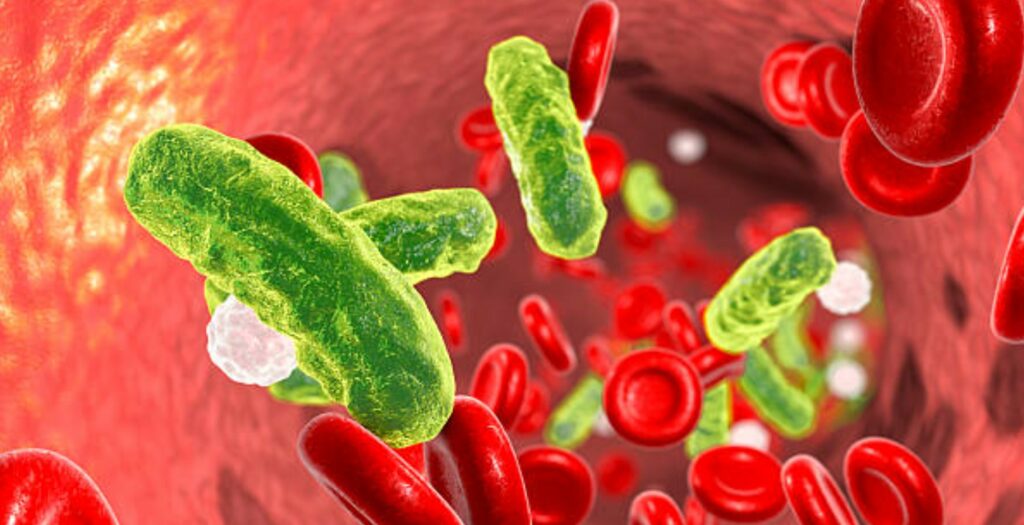The primary method of testing pharmaceuticals for pyrogens since the 1960s has been the limulus amoebocyte lysate (LAL) test, which contains a reagent derived from the blood of Atlantic horseshoe crabs.[1] LAL has the unusual property of clotting at the presence of bacterial endotoxins and was therefore a useful in testing pharmaceuticals and medical devices that contact blood or cerebrospinal fluid.
Extensive harvesting of horseshoe crabs for this type of testing and biomedical research led to a decline in natural populations, causing many states and organizations to introduce quotas and other preservation regulations.
By testing with pooled human peripheral blood mononuclear cells (PBMCs) instead of LAL, you can play in important role in the conservation of the horseshoe crab and utilize a methodology that is more effective at detecting and quantifying pyrogens.
Advantage #1: Compliance with Future Regulations
Using pooled PBMCs allows you to be proactive in switching from horseshoe crab-dependent LAL testing to more sustainable alternatives, positioning your company for compliance with future anti-animal testing regulations.
The current worldwide horseshoe crab population cannot sustainably support the growing demand for their blood by the life sciences, pharmaceutical, and medical device industries.[2] As a result, there is increasing interest in legally protecting horseshoe crabs and other animals from testing, particularly in Europe. The Atlantic States Marine Fisheries Commission (ASMFC) already takes biomedical collection into account in their overall collection quotas.
Advantage #2: Better Detection and Quantification of Pyrogens
With mounting pressure to reduce the use of animals for drug testing, the Monocyte Activation Test (MAT) has emerged as a logical alternative to LAL. In fact, MAT detects pyrogens that are not detected by LAL, making it a more efficient and comprehensive test.[3]
MAT requires the use of PBMCs pooled from multiple human donors, which can detect pyrogens other than bacterial endotoxins, such as viral DNA and RNA bacterial glycan, lipopeptides, and other substances.[4] By testing with pooled PBMCs, you are utilizing the most relevant and broad detection system available.
Moving forward, MAT will likely replace LAL as the standard for pyrogen testing.

Advantage #3: Reduce Donor-to-Donor Variability
The European Pharmacopoeia’s guidelines for the MAT recommend pooling PBMC from at least four donors to reduce the effects of donor-to-donor variability. Although a pool of four donors is the minimum recommendation, up to eight donors may be used to obtain optimal results.
While most donors respond to bacterial endotoxins, there is greater variation in responses to other pyrogens. Including more donors in your PBMC sample increases the chance that all contaminants will be detected.
Our blood donors avoid anti-inflammatory medications before donation and are tested for blood borne pathogens such as HIV, Hepatitis B, and Hepatitis C to prevent lab-acquired infections. Pooled PBMCs from Cytologics have been widely used in the pharmaceutical industry for MAT with exceptional results.
Want to Learn More?
Have more questions about pooled PBMCs and how to use them? Then contact us by clicking the link below and a member of our team will respond immediately!
References
[1] Gorman R (2020) Atlantic Horseshoe Crabs and Endotoxin Testing: Perspectives on Alternatives, Sustainable Methods, and the 3Rs (Replacement, Reduction, and Refinement). Front. Mar. Sci. 7:582132. doi: 10.3389/fmars.2020.582132 [2] Krisfalusi-Gannon J, Ali W, Dellinger K, Robertson L, Brady TE, Goddard MKM, Tinker-Kulberg R, Kepley CL and Dellinger AL (2018) The Role of Horseshoe Crabs in the Biomedical Industry and Recent Trends Impacting Species Sustainability. Front. Mar. Sci. 5:185. doi: 10.3389/fmars.2018.00185 [3] Solati S, Zhang T, Timman S. The monocyte activation test detects potentiated cytokine release resulting from the synergistic effect of endotoxin and non-endotoxin pyrogens. Innate Immun. 2022 Apr;28(3-4):130-137. doi: 10.1177/17534259221097948. Epub 2022 May 2. PMID: 35491666; PMCID: PMC9136467. [4] Hasiwa N, et al. Evidence for the Detection of Non-Endotoxin Pyrogens by the Whole Blood Monocyte Activation Test. Alternatives to Animal Experimentation (ALTEX). Feb. 2013.
- SEO Powered Content & PR Distribution. Get Amplified Today.
- EVM Finance. Unified Interface for Decentralized Finance. Access Here.
- Quantum Media Group. IR/PR Amplified. Access Here.
- PlatoAiStream. Web3 Data Intelligence. Knowledge Amplified. Access Here.
- Source: https://cytologicsbio.com/3-advantages-of-using-pooled-pbmcs-to-detect-and-quantify-pyrogens/



